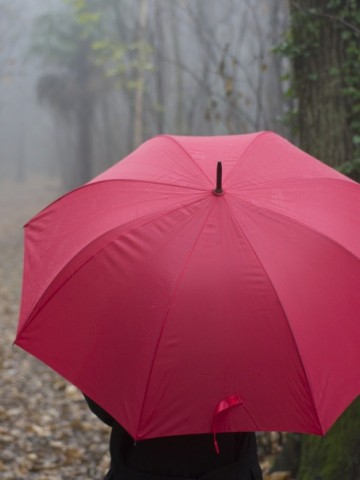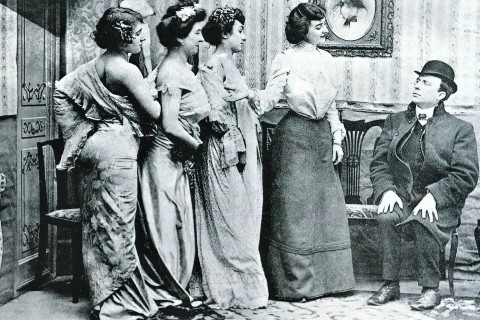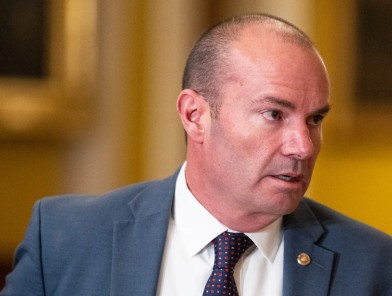When we reflect on the story of how America came to be how a sparsely populated, often hostile land transformed into the world’s most powerful economy we tend to romanticize the railroads, the gold rushes, and the homesteads. We praise the industrialists, the cowboys, the settlers. But beneath the surface of these familiar tales lies a quieter, often deliberately erased narrative one that involves the men and women who sold sex in the untamed corners of the continent. Without them, the great cities of the American West might never have risen from the dirt.
The Real American Foundation: Lust, Labor, and Loneliness
In the 1800s, America was a place of masculine energy and economic ambition, but also of deep isolation. The western frontier, for example, was mostly populated by male workers: miners, trappers, loggers, cowboys, and railroad crews. These men lived hard, drank hard, and unsurprisingly longed for intimacy, touch, and comfort. This wasn't a moral failing. It was human nature.
Sex workers followed opportunity. When a mining town popped up overnight in the Rockies, so did a tent brothel. When the transcontinental railroad crept through the Great Plains, sex workers were there, operating out of wagons and shacks. Their presence wasn’t incidental it was foundational. In fact, in many settlements, brothels and saloons were the first permanent businesses. Before the churches, before the post offices, there were madams and their girls.
Sex Work as Infrastructure
It’s easy to overlook the logistical and economic impact of early sex work. Brothels were often better built and better stocked than most other businesses in early towns. They required furnishings, linens, cleaning supplies, liquor, food, medical care, and security all of which created demand for local services. Madams paid taxes (when the town had such systems), and often bribed lawmen and politicians just to stay open, funneling money into the local power structure.
In many Western towns, prostitutes were among the first female landowners and entrepreneurs. In fact, according to historian Ruth Rosen, sex workers owned more property in San Francisco during the Gold Rush than any other demographic group. Their wealth helped stabilize the boom-and-bust nature of many frontier towns.
The Social Services of the West’s “Soiled Doves”
Beyond economics, sex workers provided something else that was rare in early America: a form of social service. Many brothels acted as informal medical clinics, especially when doctors were scarce. Some madams looked after orphaned children, gave food to the poor, and donated to fire departments. It wasn’t uncommon for madams to cover the burial costs of customers and workers alike.
In Helena, Montana, a famous madam named Mattie Silks not only ran one of the most successful brothels in the state but was also known to pay for local infrastructure helping finance roads, water systems, and schools. Similarly, in Colorado, Laura Evens became so embedded in the social fabric of Salida that when she died, the town declared a local day of mourning.
Respectable Origins: Families with Roots in Brothels
While many Americans would rather forget or hide the fact, there are prominent American families whose early fortunes were seeded in the sex trade.
-
Conrad Hilton's father August Hilton operated a general store in New Mexico that catered to saloons and brothels. The earnings helped fund Conrad's first hotel.
-
Josephine Marcus, Wyatt Earp's longtime partner, was believed to have worked in or around brothels in San Francisco. Wyatt himself worked as a bouncer in several Illinois brothels in the 1870s before becoming a lawman.
-
The Heard family, whose museum of Native American art is a cultural institution in Phoenix, had ancestors who profited from saloons and brothels during Arizona’s early years.
These aren’t one-off stories they’re part of a broader truth: many early American fortunes had connections to sex work, whether directly or through adjacent industries.
Sex Workers and Race in Early America
The story of sex work in America is also a story of race and migration. Chinese, Black, Latina, and Indigenous women were active participants in sex economies — sometimes by choice, often by coercion. In cities like San Francisco, Chinese sex workers were brought over in huge numbers, some trafficked, others seeking escape from poverty in China.
Despite facing more extreme forms of marginalization, women of color also found relative economic freedom in sex work more than domestic labor or farm work could offer. In New Orleans’ Storyville district the first legally sanctioned red-light district in the U.S. Black and mixed-race sex workers were known to command higher prices than white women, defying the racial caste system of the day in subtle but significant ways.
Sex Workers as Early Feminists
Many madams were among the earliest examples of powerful women in American society. They controlled their businesses, employed other women, negotiated with police and politicians, and made real estate investments. They made decisions over their lives at a time when most American women could not even vote.
In a sense, these women were America’s first self-made female entrepreneurs. They didn't just endure patriarchy they capitalized on it.
The Hypocrisy That Followed
As towns grew and industries took hold, so too did the influence of religious and moral reformers. The same men who once lined up outside brothel doors found religion or entered politics and turned on the very women who had helped them build the towns they now governed.
Sex workers were driven underground, criminalized, and erased from official histories. Their contributions to America’s growth were deliberately left out of textbooks and civic monuments. The narrative was rewritten, and the women who had once been essential became “immoral outcasts.”
This is not just historical irony it’s injustice.
Reclaiming the Legacy
Today, there is a renewed effort among historians and sex work advocates to reclaim this lost legacy. Museums like the Dumas Brothel Museum in Montana, the Red-Light Museum in Nevada, and exhibitions in San Francisco’s Tenderloin Museum now tell the fuller story of sex work in shaping the West.
Academics are re-examining the frontier period not just through the lens of Manifest Destiny and industrialization, but through the social fabric woven by women (and some men) whose bodies and labor were part of the American project.
To understand America, we must be willing to confront its messy, erotic, and deeply gendered origins.
Without Them, There Is No Us
Sex workers were builders. Not of railroads or steel mills but of communities. They created permanence in places of transience, stability in places of chaos. They gave comfort, connection, and capital to the American frontier. They were real people, living real lives, making real contributions.
And yet, they were written out of the story.
It’s time to write them back in not just as footnotes, but as founders. Because without them, America wouldn’t just look different. It wouldn’t exist at all.













